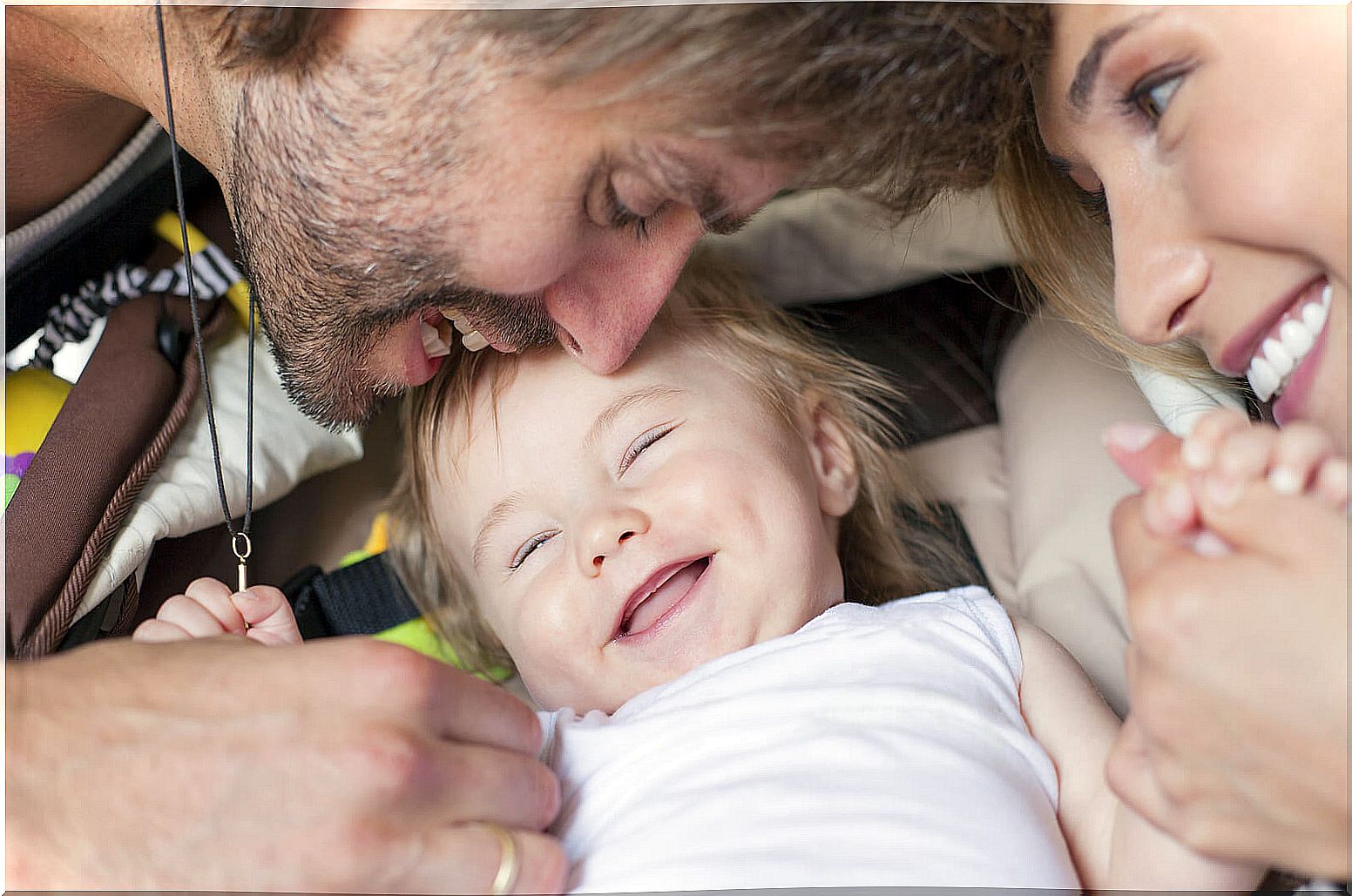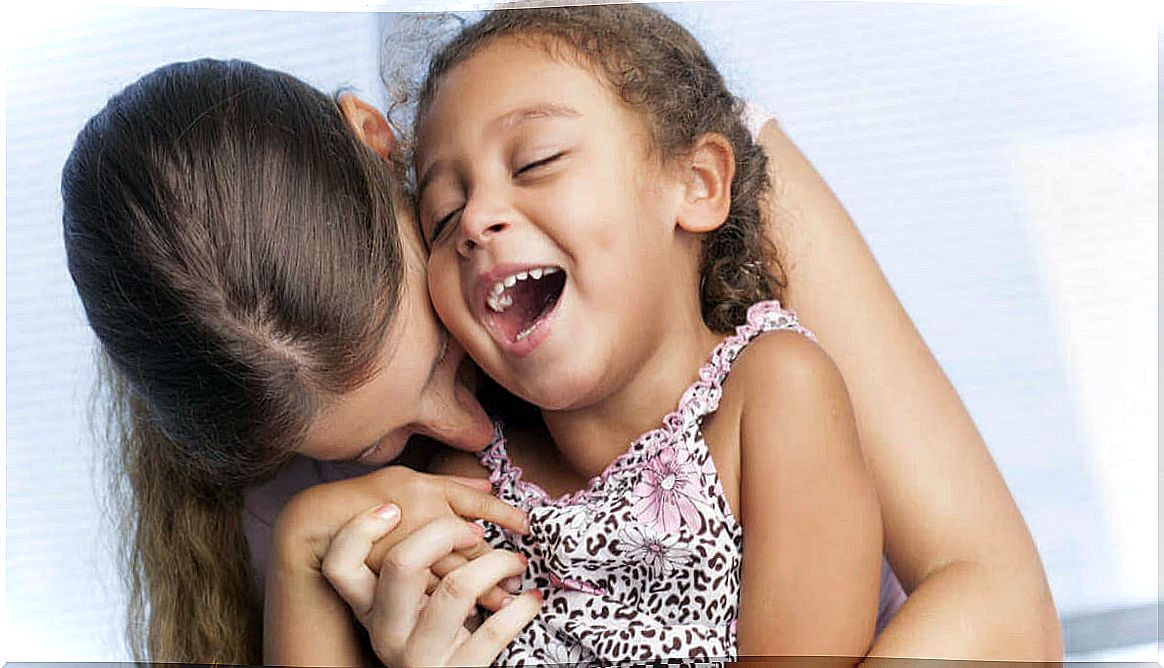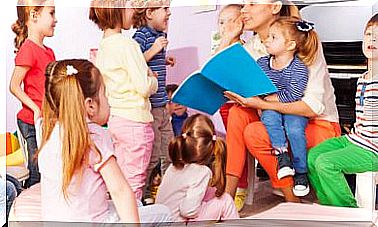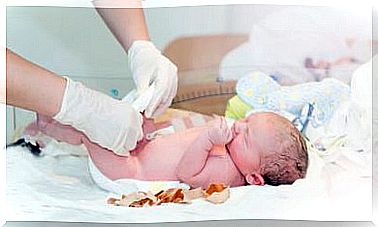How To Explain Attachment Theory With Oranges

Some of you, when you hear the word “attachment”, will already assume that it is a positive connection that exists between parents and children. This is not the case, since there are four types of attachment and only one is the one that provides security to the child and makes him grow up healthy. Therefore, next, we are going to explain the attachment theory with oranges.
Character, emotional management, the way of relating and acting with others, and even the way of choosing a partner in the future are closely related to the type of attachment that has been had in childhood. Do you want to understand attachment theory in a simple way explained with oranges?
Attachment theory with oranges
Before we begin to explain attachment theory, it is important that we know what we mean when we talk about it. It was John Bowlby who set about analyzing the relationship that was established between the primary caregiver and the child. From these analyzes he developed the attachment theory, which today helps us understand many childhood and even adult problems.

But what is attachment? It is a bond or affective connection that is created, from the first days of life, between the main caregiver (mother, father, grandparents, etc.) and the child. Its usefulness is to guarantee care and help shape the personality and psychological development of the minor.
How to explain attachment theory with oranges?
As we have already said at the beginning, there are four types of attachment or way of establishing the bond with the children. Here we are going to explain the different types, one by one, through the oranges, so that it can be better understood. This explanation is made by Rafael Guerrero in his book Educate in the link . Go for it!
Secure attachment: oranges-oranges
Secure attachment is characterized by unconditionality. The child knows that his caregiver is not going to let him down and that if he has a specific emotional need, he is going to meet it. Let’s look at an example.
Our son is sad because his best friend did not want to play with him today at school. We first thing we do, is to connect with his emotion and then calmed down. If we resort to the metaphor of oranges, what we are doing is that our son needs an orange and we give him an orange, that is, neither more nor less than what he needs.
Avoidant: oranges-mandarin
In this type of attachment, the child has accepted that he cannot count on his caregivers, and this causes pain and anguish. Here, faced with an emotional need of the child, the caregiver tends to underestimate it, in this way, if the infant needs an orange, he is given a tangerine, which, although it may look like it, is not the same.
Children with avoidant attachment learn not to ask for what their parents have continually denied them. They are very rational caregivers who cannot understand how they feel and therefore will not understand how their child feels either.
Anxious-ambivalent: oranges-orange
In anxious-ambivalent attachment, when the child has a specific need, the caregiver overreacts to meet it. Therefore, if he needs an orange, he is given the whole orange tree. This type of attachment is very common in overprotective and overly emotional parents.
Disoriented attachment: oranges-nothing
This type of attachment is the most dangerous and negative of all. In this, faced with an emotional need of the child, the parents do not give any answer. If the child needs oranges, they do not give him oranges, or tangerines, or the whole orange tree.
Caregivers who establish these types of bonds often have significant personality disorders, severe depression, schizophrenia, etc. They can be parents who abuse, mistreat and abandon their children.

Attachment theory with oranges: “Be autonomous first by being dependent”
All of us, when we are born, are very immature and need to depend on our attachment figures. These dependencies are overcome if the parents or caregivers have been able to cover all their needs.
With this phrase, Rafael Guerrero means that we learn to be autonomous only if we have been dependent. Our attachment figures, based on meeting our emotional needs, teach us how we have to do it in the future and, in this way, as we grow, we become more independent.
On attachment theory with oranges
By explaining attachment theory with oranges, we can understand, in a more visual way, how attachments are established between children and their caregivers. With all that said, we can assume that autonomy and bonding are the bases for establishing a secure attachment and that, for this to be so, there must be a balance between the two.
If you want to continue inquiring about this topic, you can delve into it by reading Educate in the link, by Rafael Guerrero. In it he teaches us how we can develop a healthy attachment with our children and facilitate their emotional regulation and autonomy.










